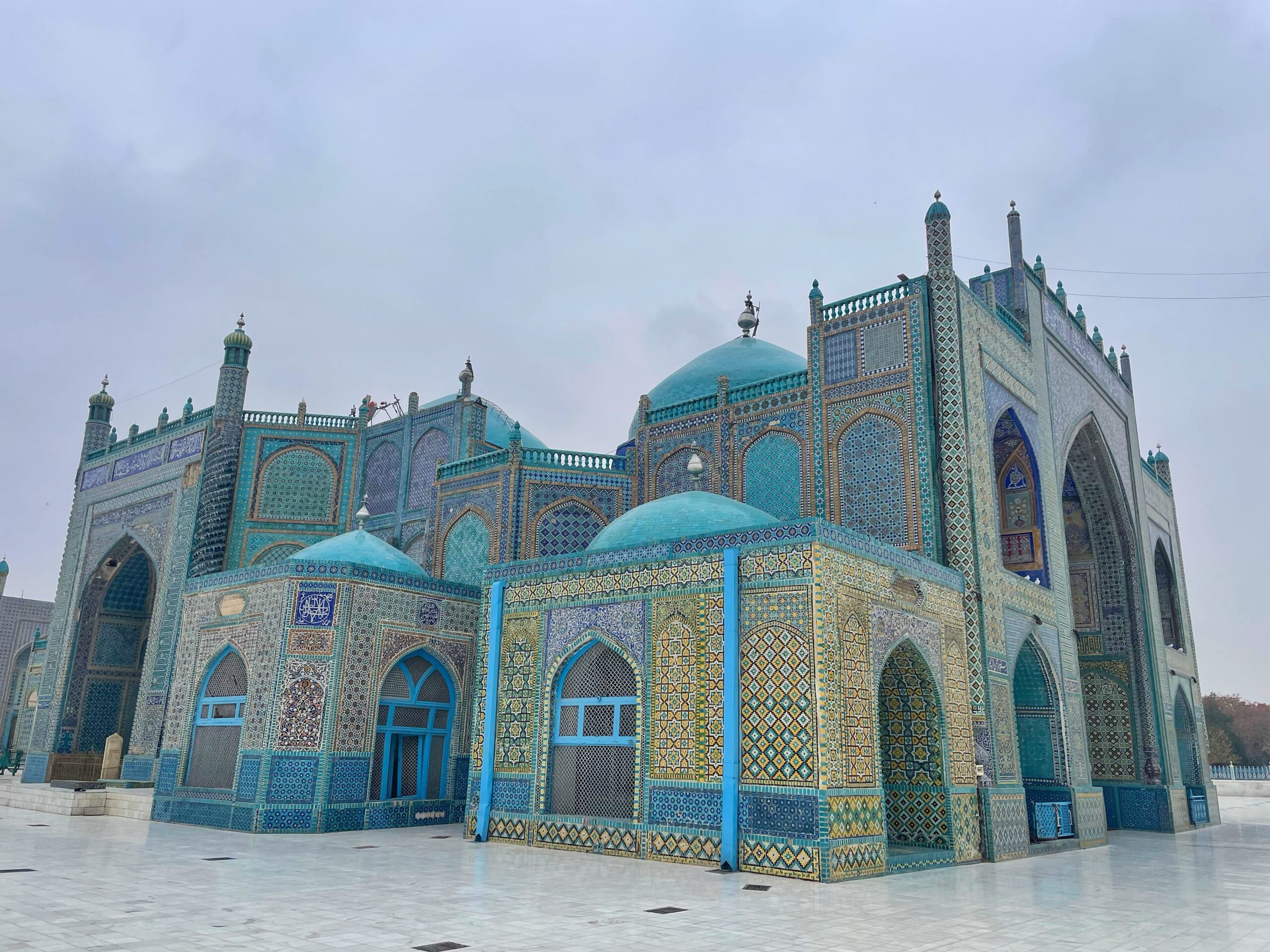
How to cross the Shir Khan border from Tajikistan to Afghanistan
Here’s what you need to know to travel by road from Tajikistan (Panji Poyon) to Afghanistan (Shir Khan Bandar).

Here’s what you need to know to travel by road from Tajikistan (Panji Poyon) to Afghanistan (Shir Khan Bandar).
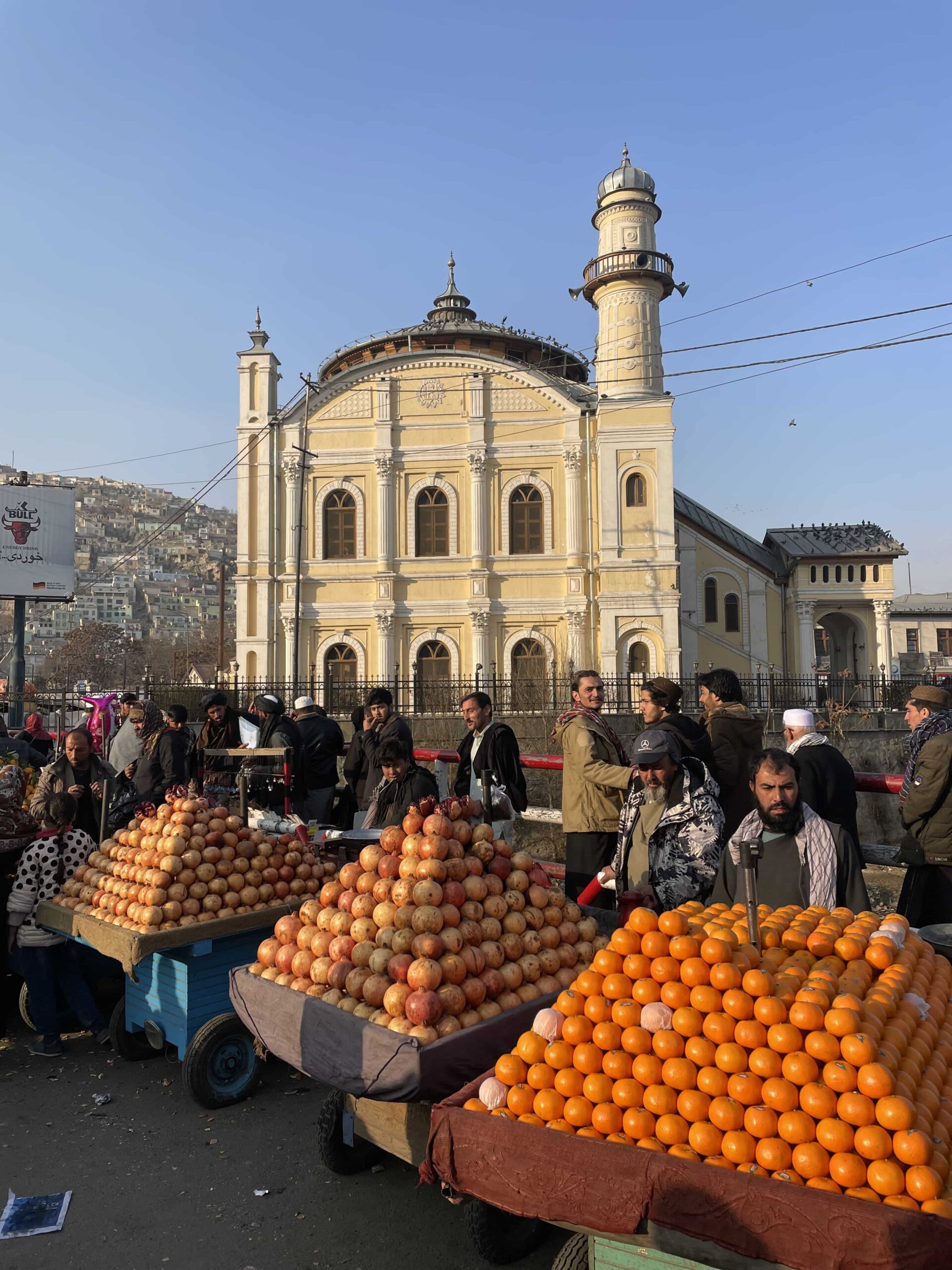
Here’s what you need to know to travel by road from Afghanistan to Pakistan, across the Torkham border.
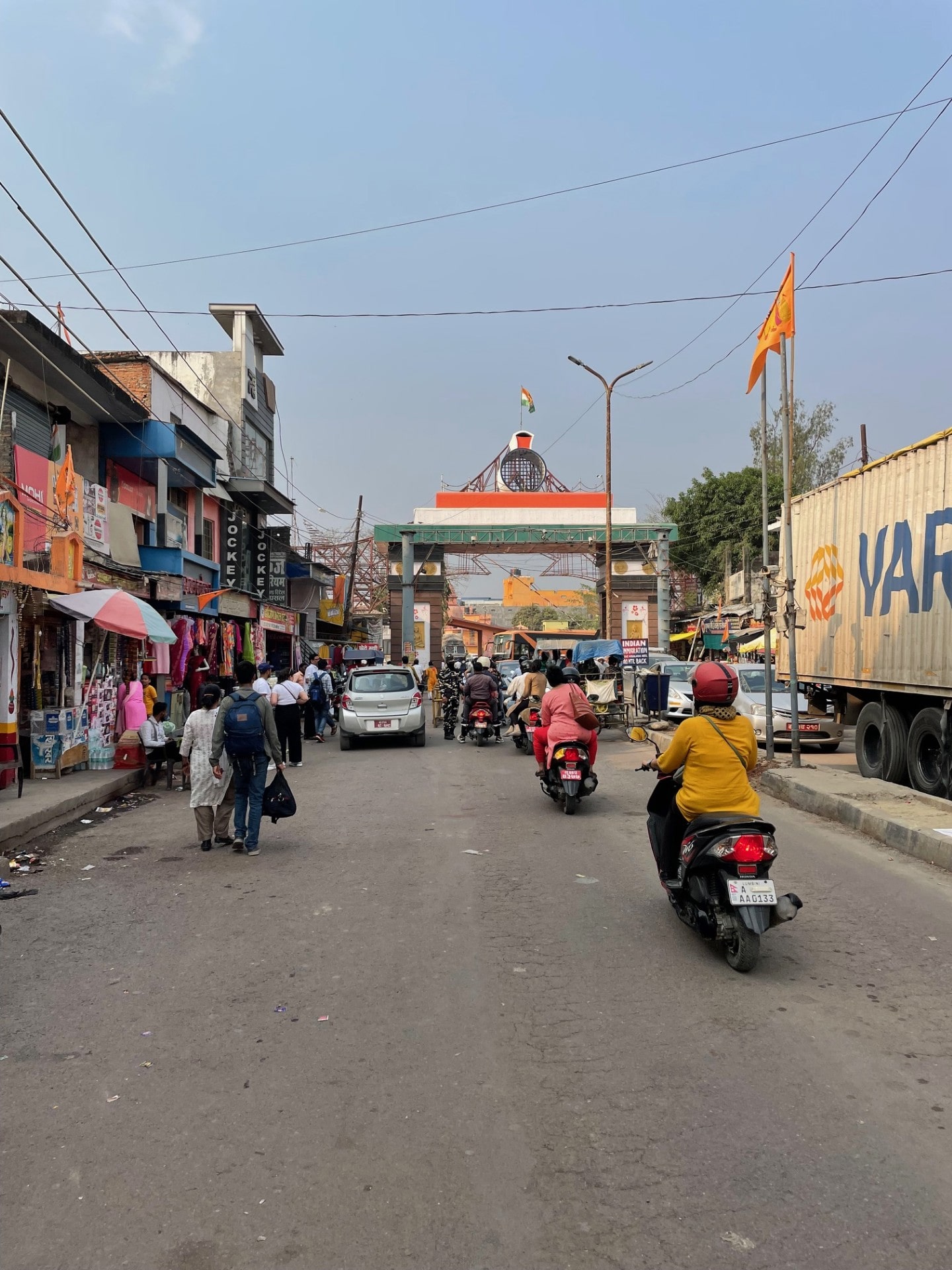
Here’s what you need to know to travel by road between India and Nepal, across the Sonauli (Sunauli) border.
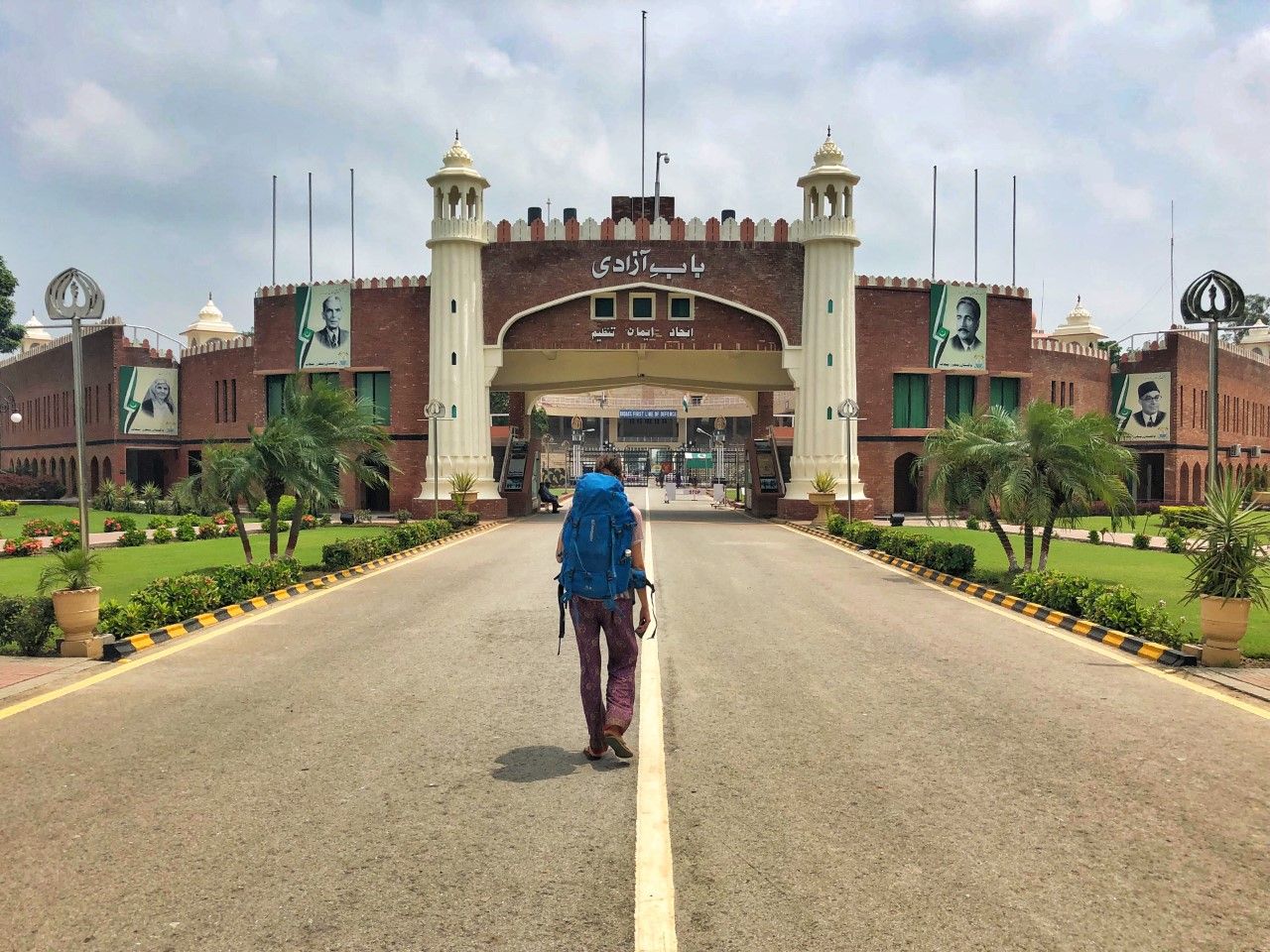
Here’s what you need to know to travel by land from Pakistan to India and vice versa.
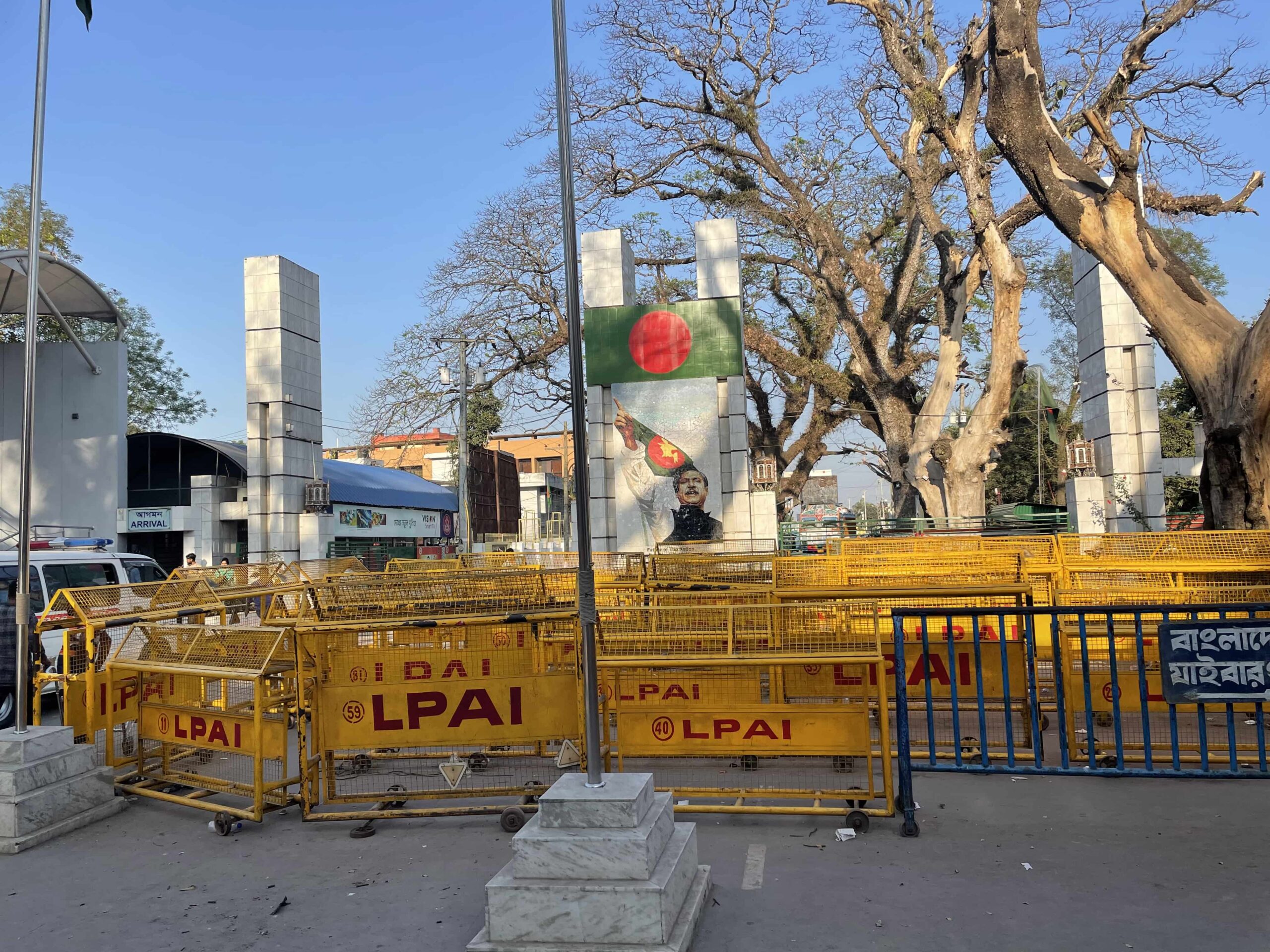
Here’s what you need to know to travel by road from India to Bangladesh and vice versa.

Here’s what you can expect when you travel by road – on public transport, no less – between Cameroon and Gabon. Hint: bring a LOT of passport copies, and watch out for the ‘Man with glasses’.

This post is a report about our experience crossing from Botswana to Zambia at the Kazungula border. The border crossing in question is very straightforward, so this is a quick rundown on how to get there and what to expect.
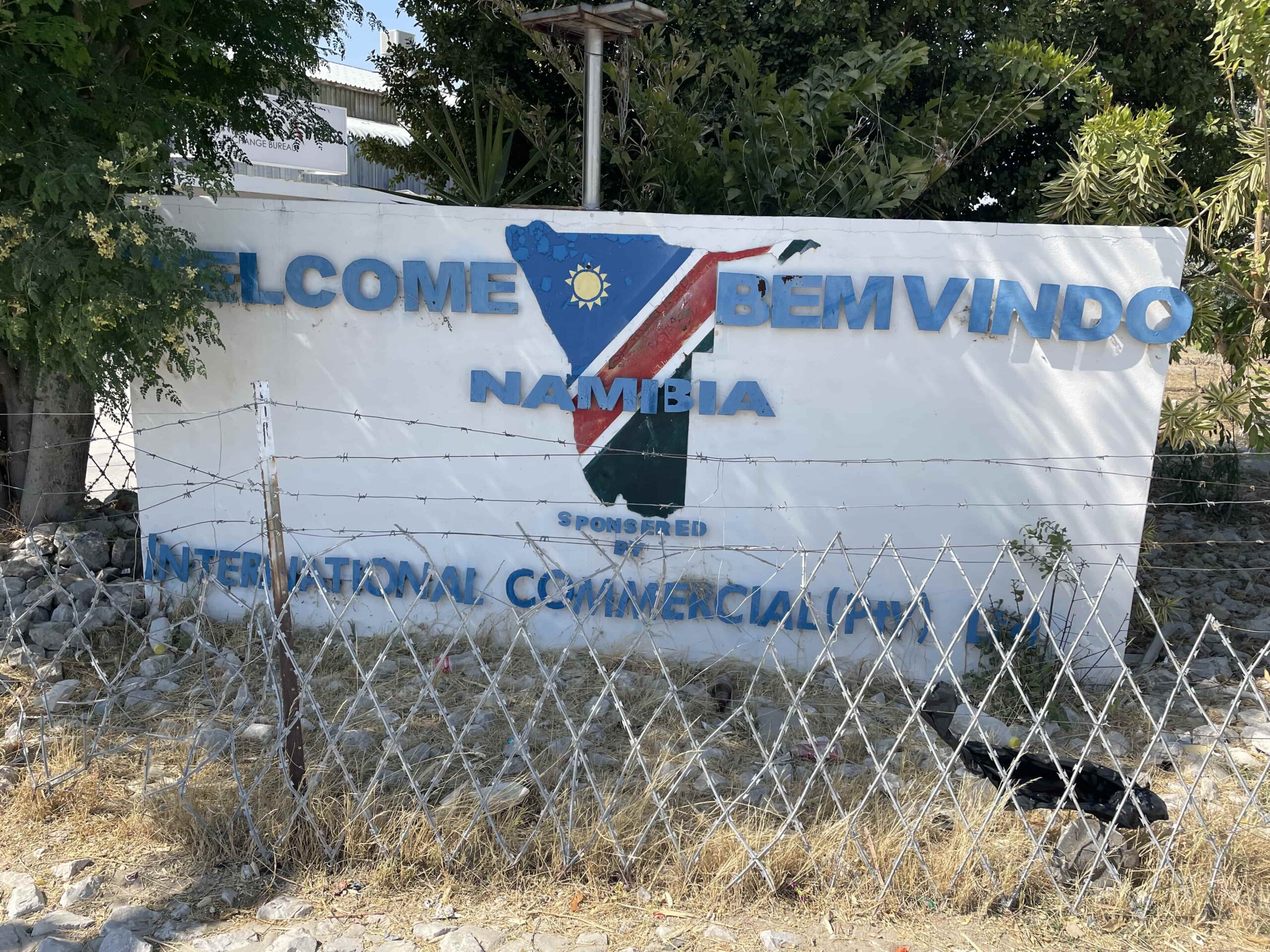
Coming from Angola there are a few crossing points to Namibia. According to our friend Maputo you can cross wherever you’d like, but he’s about ten years old and honestly, he’s way more relaxed about that type of thing than we are. I’d stick to legitimate crossings.
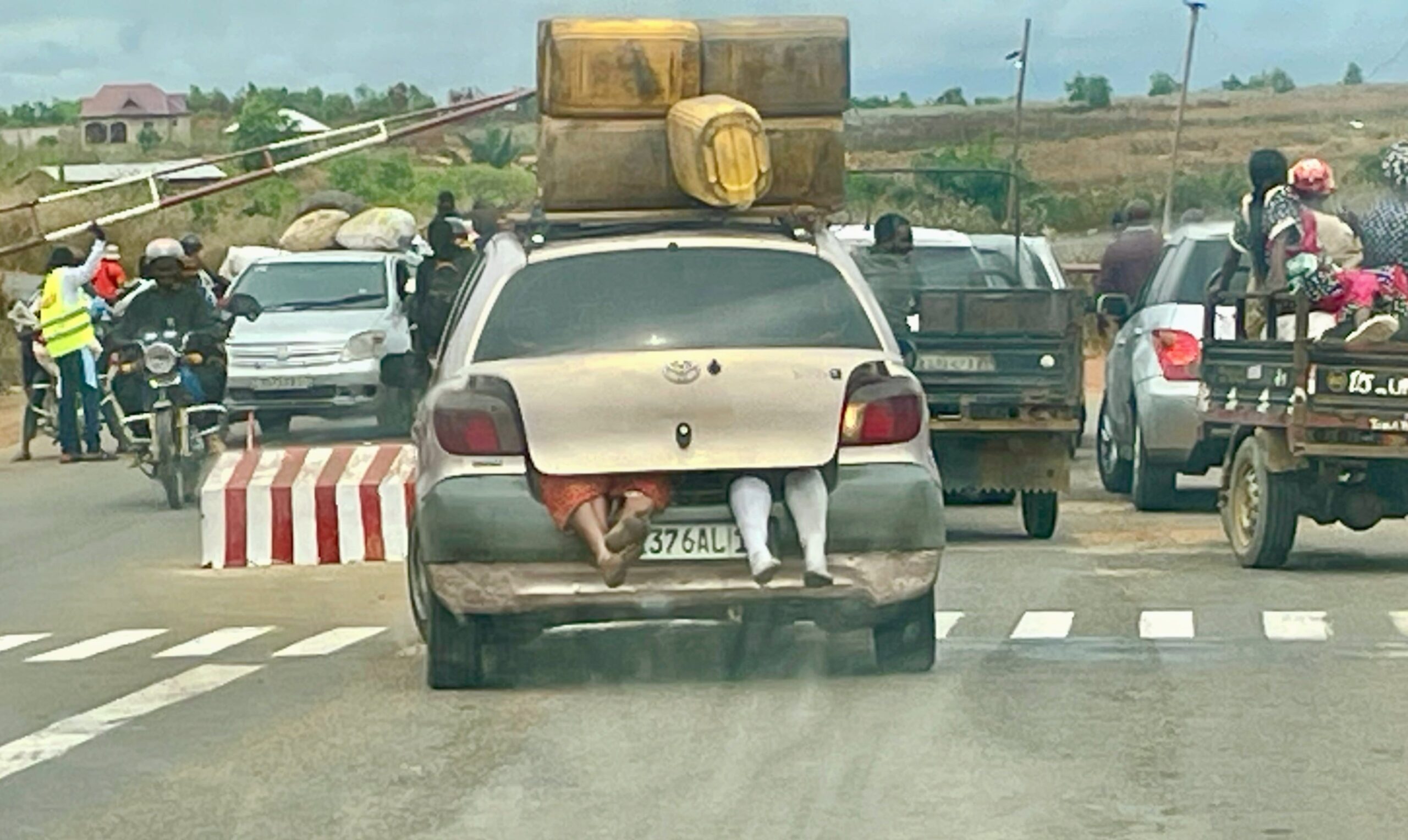
After being all but closed to outsiders for many years, and implementing a highly restrictive visa policy after that, Angola is now visa-free for many nationalities. Crossing the border from DRC is easy. Delightful, even, in comparison with the bus trip from Kinshasa to Matadi that we undertook first.
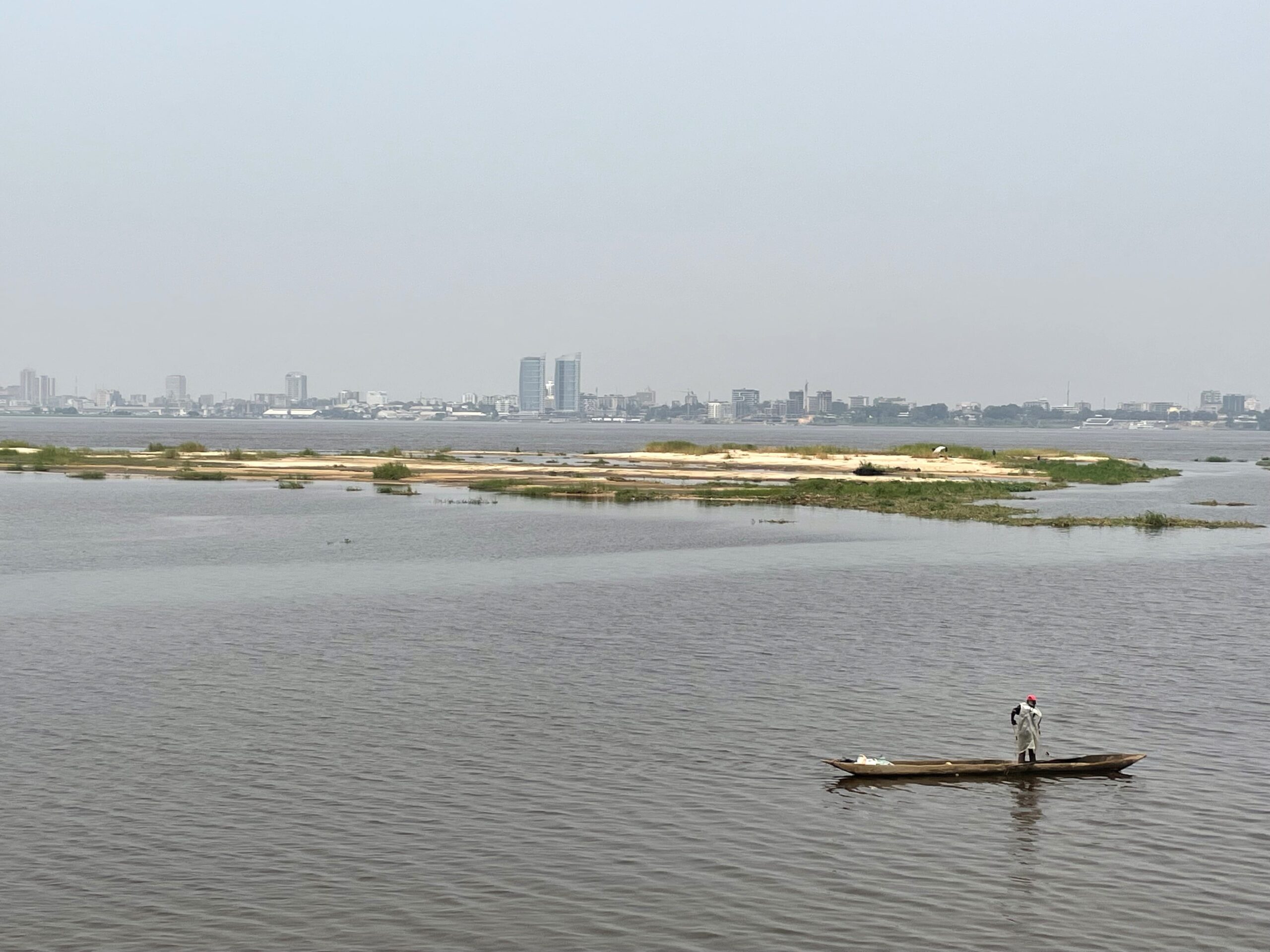
The Congo river separates the two closest capital cities in the world: Brazzaville and Kinshasa. You can cross the river border in a ‘canot rapide’ – boats that make the trip from one city to the other in about fifteen minutes. Too easy? Don’t worry. There are plenty of obstacles in store, thanks to infamous levels of corruption. Still, crossing this mighty river from one Congo to the next has been pretty high on our ‘to do’ list for a while. And here’s how it went.

Here’s what you need to know to travel by road from Tajikistan (Panji Poyon) to Afghanistan (Shir Khan Bandar).

Here’s what you need to know to travel by road from Afghanistan to Pakistan, across the Torkham border.

Here’s what you need to know to travel by road between India and Nepal, across the Sonauli (Sunauli) border.

Here’s what you need to know to travel by land from Pakistan to India and vice versa.

Here’s what you need to know to travel by road from India to Bangladesh and vice versa.

Here’s what you can expect when you travel by road – on public transport, no less – between Cameroon and Gabon. Hint: bring a LOT of passport copies, and watch out for the ‘Man with glasses’.

This post is a report about our experience crossing from Botswana to Zambia at the Kazungula border. The border crossing in question is very straightforward, so this is a quick rundown on how to get there and what to expect.

Coming from Angola there are a few crossing points to Namibia. According to our friend Maputo you can cross wherever you’d like, but he’s about ten years old and honestly, he’s way more relaxed about that type of thing than we are. I’d stick to legitimate crossings.

After being all but closed to outsiders for many years, and implementing a highly restrictive visa policy after that, Angola is now visa-free for many nationalities. Crossing the border from DRC is easy. Delightful, even, in comparison with the bus trip from Kinshasa to Matadi that we undertook first.

The Congo river separates the two closest capital cities in the world: Brazzaville and Kinshasa. You can cross the river border in a ‘canot rapide’ – boats that make the trip from one city to the other in about fifteen minutes. Too easy? Don’t worry. There are plenty of obstacles in store, thanks to infamous levels of corruption. Still, crossing this mighty river from one Congo to the next has been pretty high on our ‘to do’ list for a while. And here’s how it went.